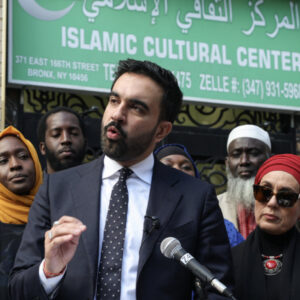Curly hair is one of nature’s most mesmerizing designs. It doesn’t lie flat or follow straight lines—it twists, bends, and loops into its own rhythm, creating shapes that reflect both personality and individuality. Every strand is like a tiny fingerprint, unique and expressive in its own way.
From soft waves that gently frame the face to tight coils that spring with life, curly hair has always carried a kind of magic. It reflects light differently, creates natural volume, and moves with energy that can’t be imitated. But behind its beauty lies a delicate balance of structure and science—each curl forms because of the shape of the hair follicle. The more curved the follicle, the tighter the curl.
What makes curly hair so captivating also makes it more fragile. Because the strands twist and turn, natural oils from the scalp can’t easily travel along their length. This leaves curls more prone to dryness and frizz. That’s why the foundation of curly hair care is moisture—hydration is not just a routine, it’s a necessity. Rich conditioners, nourishing oils, and gentle, sulfate-free cleansers help curls stay soft, healthy, and full of life.
Styling curly hair is about partnership, not control. It’s about learning what your curls need and letting them lead. Too much brushing, heat, or harsh treatment can destroy their natural pattern, while patience, hydration, and light touch bring out their best. A cotton T-shirt or microfiber towel is far better than a rough fabric for drying, and finger-styling helps preserve the curl’s natural shape.
But caring for curly hair goes beyond products—it’s about mindset. For decades, curls were seen as unruly, messy, or unprofessional. People were told to straighten their hair to fit an image of “neatness.” Today, that perception is finally changing. More and more people are embracing their natural curls, finding beauty in what once made them feel different. Curly hair is no longer something to “fix.” It’s something to honor.
In many cultures, curly hair has deep symbolic meaning. It’s been associated with strength, independence, and wild beauty—qualities that mirror its form. You can’t easily contain curls, and that’s part of their charm. They resist uniformity and celebrate diversity. Every head of curls tells its own story, shaped by genetics, environment, and self-expression.
There’s also something profoundly emotional about embracing curly hair. It’s an act of acceptance—a way of saying, “This is who I am.” When you stop trying to flatten or hide your curls, you’re not just changing your hair—you’re reclaiming a part of yourself. The process can be liberating, even transformative, as people begin to see their natural texture not as a challenge, but as a gift.
Modern science continues to explore the genetics of curl patterns, but even with all our knowledge, curly hair still holds a mystery. Its movement, shape, and texture change with humidity, water, and time. It reacts to life itself—bouncing higher in the heat, relaxing in the rain, shrinking or expanding depending on the world around it. That adaptability is part of what makes curls so alive.
Curly hair teaches patience. It teaches confidence. And above all, it teaches self-love. The more you try to control it, the less it shines. But when you nourish it, respect it, and let it exist in its natural rhythm, it rewards you with texture, bounce, and a beauty that feels completely effortless.
So whether your curls spiral, wave, or coil—let them live freely. Because curly hair isn’t just a hairstyle; it’s a celebration of movement, nature, and identity. It’s proof that beauty doesn’t need perfection—it just needs the courage to be real.
@curlvision Replying to @FrayJay curly hair transformation | the consultation part three | @Luz | content by @༺bella༻ | #hair #curls #curlyhair #haircaretips #haircut #curlspecialist #consultation




